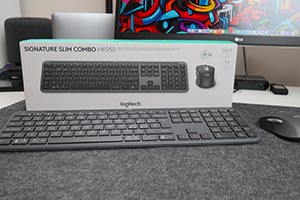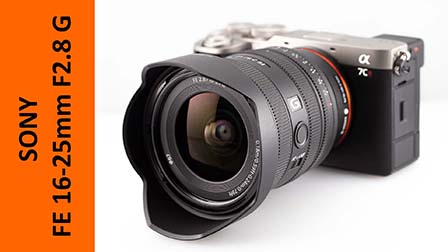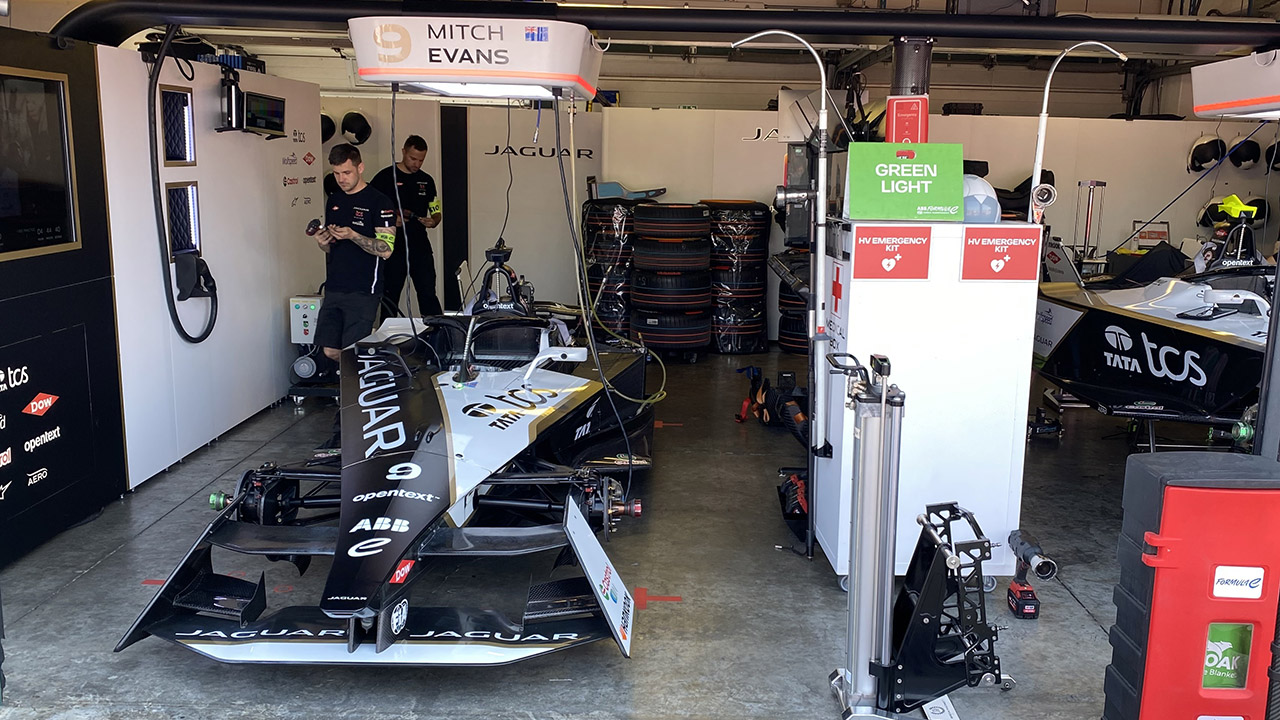ASUS CUSL2 Socket-370 i815 ATX

Anandtech ha pubblicato una nuova recensione di motherboard; si tratta della ASUS CUSL2 Socket-370 i815 ATX, scheda madre Socket 370 basata sul chipset Intel i815E, noto anche con il nome in cdice di Solano.
With the CUSL2, ASUS also introduces another new innovation for their motherboards, known as the ASUS iPanel. It sits in an external 5.25" drive bay and provides access to the onboard audio ports, an infrared module, and front panel I/O ports, all while leaving room for an internal 3.5" device inside the iPanel so that 5.25" bay is not completely wasted. The exact specs of the iPanel have yet to be determined so they are subject to change. It will be an extra cost option not included with the motherboard.Trovate la recensione a questo indirizzo. Questa motherboard è attualmente in testing qui nel laboratorio di Hardware Upgrade, a presto una recensione.
Like all recent ASUS boards, the CUSL2 uses Award's Medallion BIOS 6.00, which looks a lot like the old Phoenix BIOS, most likely due to the merger between Phoenix and Award last year. While the Medallion BIOS looks and operates like a Phoenix BIOS, it offers all the tweaking options we've come to expect from the standard Award setup found on virtually all other boards out there. When it comes to BIOS support, ASUS is quite possibly the best manufacturer, with constant BIOS updates and betas available seemingly every week. In the past, they've continued that support with fixes and new features even after the board has been discontinued.
Within the BIOS, you'll find ASUS's JumperFree CPU Setup under the "Advanced" menu. For those of you that prefer a hardware CPU setup, DIP switches are available on the board, although not all the FSB speeds of JumperFree are available. The rendition of JumperFree on the CUSL2 is one of the most flexible CPU setup we've ever seen, at least in terms of available FSB speeds where it has more than any other board, including the previous champ ABIT BE6-2. ASUS allows independent selection of the FSB:SDRAM:PCI ratio and the actual FSB speed. Available options for the FSB:SDRAM:PCI ratio include 133:133:33, 133:100:33, 100:100:33, and 66:100:33. Each ratio includes its own set of FSB options, which are shown in the table below since it's a bit more complicated than most motherboards.







 Recensione Zenfone 11 Ultra: il flagship ASUS ritorna a essere un 'padellone'
Recensione Zenfone 11 Ultra: il flagship ASUS ritorna a essere un 'padellone' Appian: non solo low code. La missione è l’ottimizzazione dei processi con l'IA
Appian: non solo low code. La missione è l’ottimizzazione dei processi con l'IA Lenovo ThinkVision 3D 27, la steroscopia senza occhialini
Lenovo ThinkVision 3D 27, la steroscopia senza occhialini  Blizzard gela i fan: BlizzCon 2024 cancellata, ma potrebbe tornare in futuro
Blizzard gela i fan: BlizzCon 2024 cancellata, ma potrebbe tornare in futuro AI PC: Intel punta a superare 40 milioni di unità spedite quest'anno, ma al mercato non piacciono le stime per il Q2
AI PC: Intel punta a superare 40 milioni di unità spedite quest'anno, ma al mercato non piacciono le stime per il Q2 La Cina ha lanciato la missione Shenzhou-18 con tre astronauti diretti verso la stazione spaziale cinese
La Cina ha lanciato la missione Shenzhou-18 con tre astronauti diretti verso la stazione spaziale cinese La sonda spaziale NASA Psyche comunica via laser con la Terra da 226 milioni di chilometri
La sonda spaziale NASA Psyche comunica via laser con la Terra da 226 milioni di chilometri Dacia Duster, prima guida: con le versioni ibride spacca il mercato
Dacia Duster, prima guida: con le versioni ibride spacca il mercato Arriva l'ok da Parlamento europeo sul diritto alla riparazione. Ecco cosa cambierà
Arriva l'ok da Parlamento europeo sul diritto alla riparazione. Ecco cosa cambierà RISC-V: l'uso dell'ISA open-source da parte della Cina preoccupa gli Stati Uniti
RISC-V: l'uso dell'ISA open-source da parte della Cina preoccupa gli Stati Uniti Amazon scatenata: iPad a 399€, airfryer 38€, smartphone, portatili e moltissimi articoli in svendita!
Amazon scatenata: iPad a 399€, airfryer 38€, smartphone, portatili e moltissimi articoli in svendita! SK hynix, costruzione della Fab M15X ai nastri di partenza: previsto boom delle memorie HBM
SK hynix, costruzione della Fab M15X ai nastri di partenza: previsto boom delle memorie HBM Oggi 459€ per utenti Prime il portatile low cost con AMD Ryzen 7 5700U (8C/16T a 4,3GHz), 16GB RAM, SSD 512GB, Full HD!
Oggi 459€ per utenti Prime il portatile low cost con AMD Ryzen 7 5700U (8C/16T a 4,3GHz), 16GB RAM, SSD 512GB, Full HD! Sta per succedere! La prima gara a guida autonoma sarà il 27 aprile: come vederla online
Sta per succedere! La prima gara a guida autonoma sarà il 27 aprile: come vederla online Parthenope: un nuovo RPG investigativo tutto italiano e ambientato a Napoli
Parthenope: un nuovo RPG investigativo tutto italiano e ambientato a Napoli Urbanista Malibu: ecco come va la cassa Bluetooth con ricarica solare
Urbanista Malibu: ecco come va la cassa Bluetooth con ricarica solare



















0 Commenti
Gli autori dei commenti, e non la redazione, sono responsabili dei contenuti da loro inseriti - infoDevi effettuare il login per poter commentare
Se non sei ancora registrato, puoi farlo attraverso questo form.
Se sei già registrato e loggato nel sito, puoi inserire il tuo commento.
Si tenga presente quanto letto nel regolamento, nel rispetto del "quieto vivere".